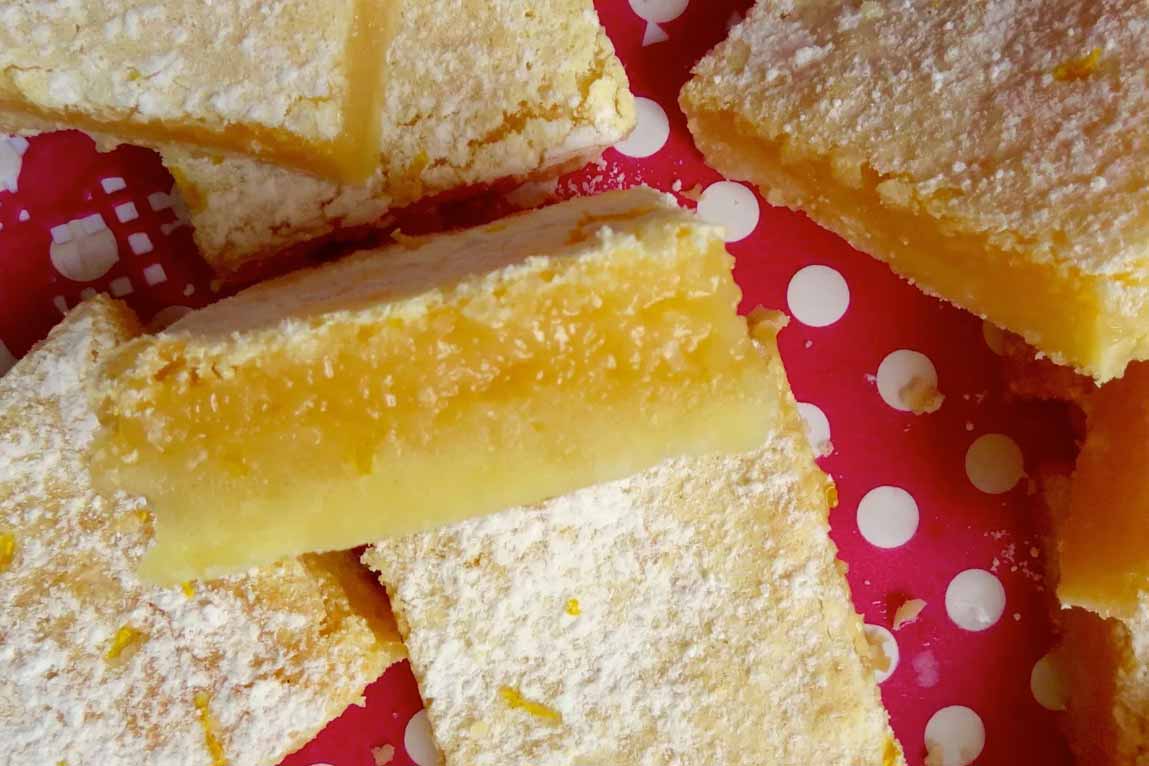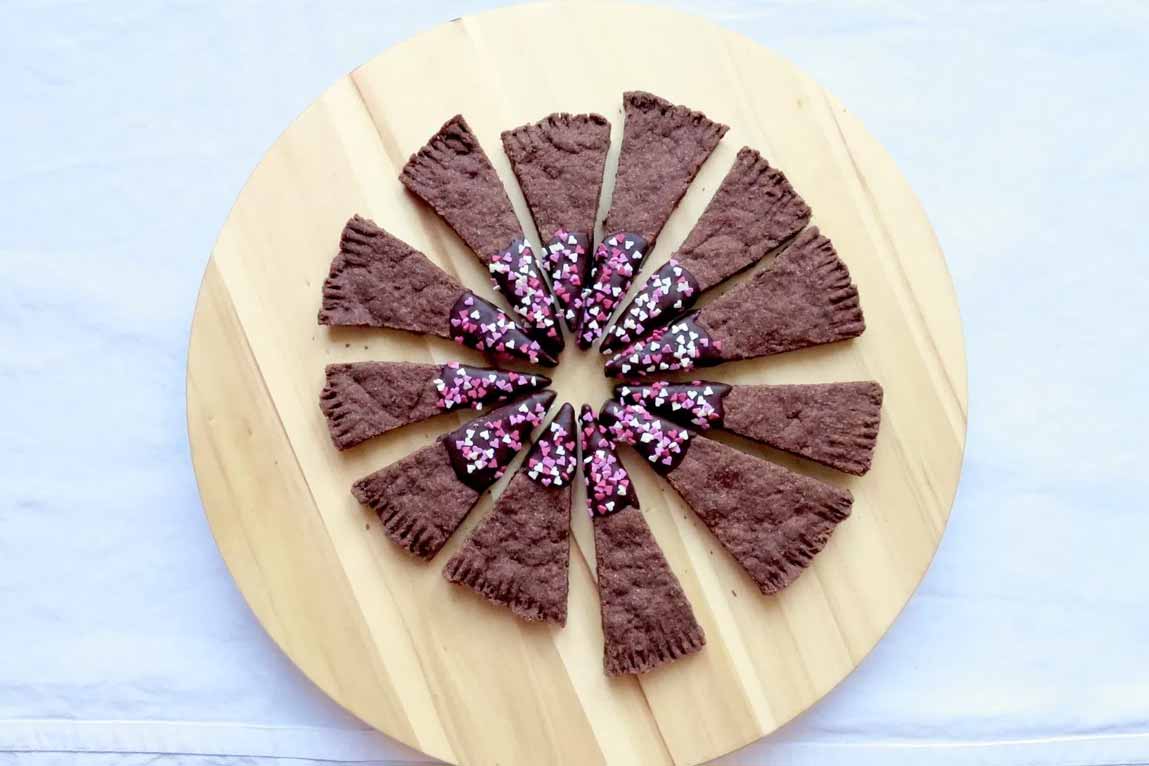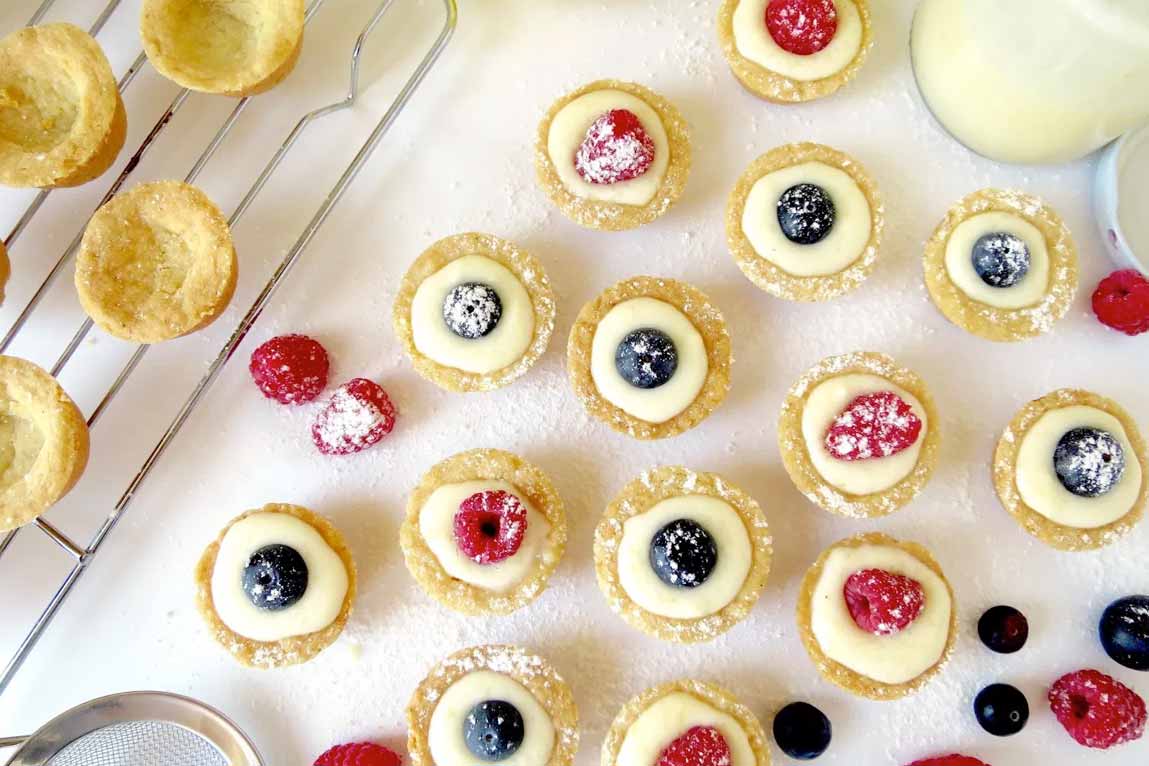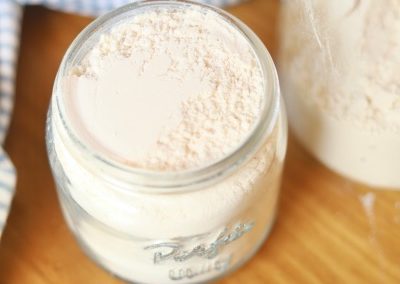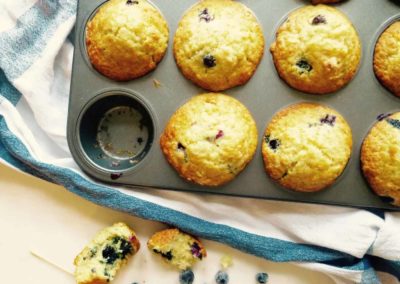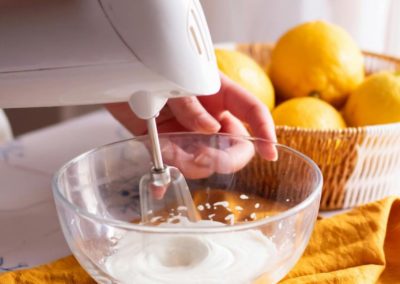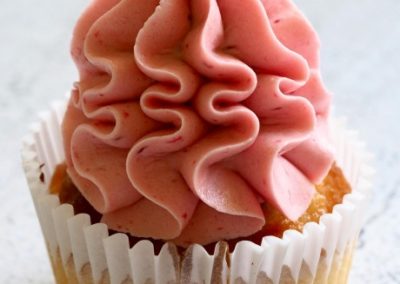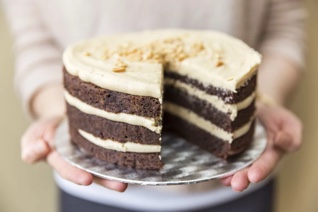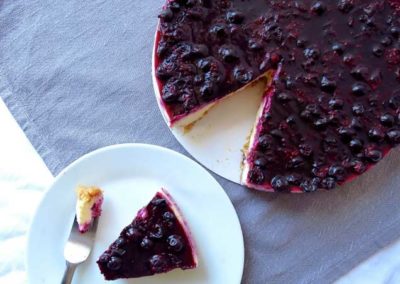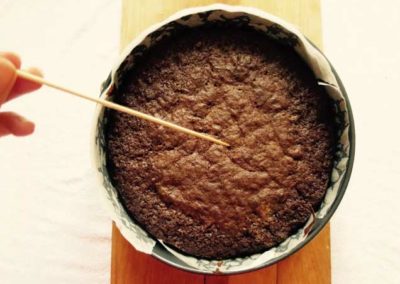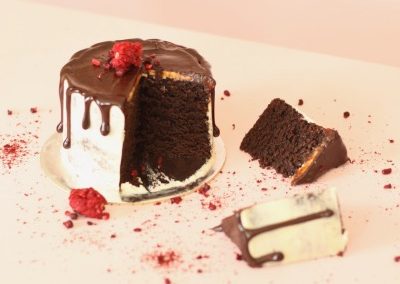THE RUBBING-IN METHOD

HOW TO: TIPS & TRICKS
THE RUBBING-IN METHOD

What is the Rubbing-in Method?

The rubbing-in method is the process of rubbing fat (butter, lard, margarine) into flour with your finger tips. Alternatively, the fat can also be ‘cut’ into the flour with two knives, a pastry cutter or even a food processor and can thus also be called the “cutting-in method”.
The rubbing-in method can be used to make cakes, scones, pastries, cookies and some breads.
It has 3 main steps:
1. Cut fat into small pieces and prepare dry ingredients
2. Rub or cut the fat into the the dry ingredients until fine crumbs form
3. Add liquid and/or rest of the ingredients to make a wet dough
4. Bake!
…and it’s as easy as that!
The Secrets of The Rubbing-in Method

Although this method is super easy, there are a few tricks that are helpful to know when using it, so that you can produce the best baked goods as possible:
1. USE A FREEZING COLD FAT
When using the rubbing-in method to make scones and pastries the fat and liquid needs to be cold. If using butter, freeze it and then grate it into the flour before rubbing it in. Why? When cold butter is rubbed into the flour, it creates flaky pockets of flavour (which soft, room temperature butter can’t do). Once the cold butter and liquid (e.g milk) hits the oven, the water in the butter and cold liquid begins evaporating. This creates moisture, and also helps the dough to rise, creating a tender and light crumb.
2. USE YOUR FINGER TIPS ONLY
When rubbing the butter in to the flour/dry mixture, try not to use your whole hand to do so. The palm of your hand is warmer than your finger tips and will soften the butter. If it’s a really hot day, you might be better off getting out the food processor to do the job for you.
3. AERATE THE MIXTURE
Try keep your finger tips above the mixture when rubbing the butter in to create more air.
Why is the Rubbing-In Method used?

If you made three cakes with the same ingredients, but used different mixing methods to make it, you would get three different textured cakes.
Unlike the creaming method and the muffin method, the rubbing-in method coats the flour proteins in a layer of fat. This means that it is harder for water to get through, resulting in less gluten – which means a finer and more tender crumb. I particularly like using the rubbing-method for a flaky pie crust or shortbread base where not much air is needed as a leavener. For baked goods that need air, I normally use the creaming method.
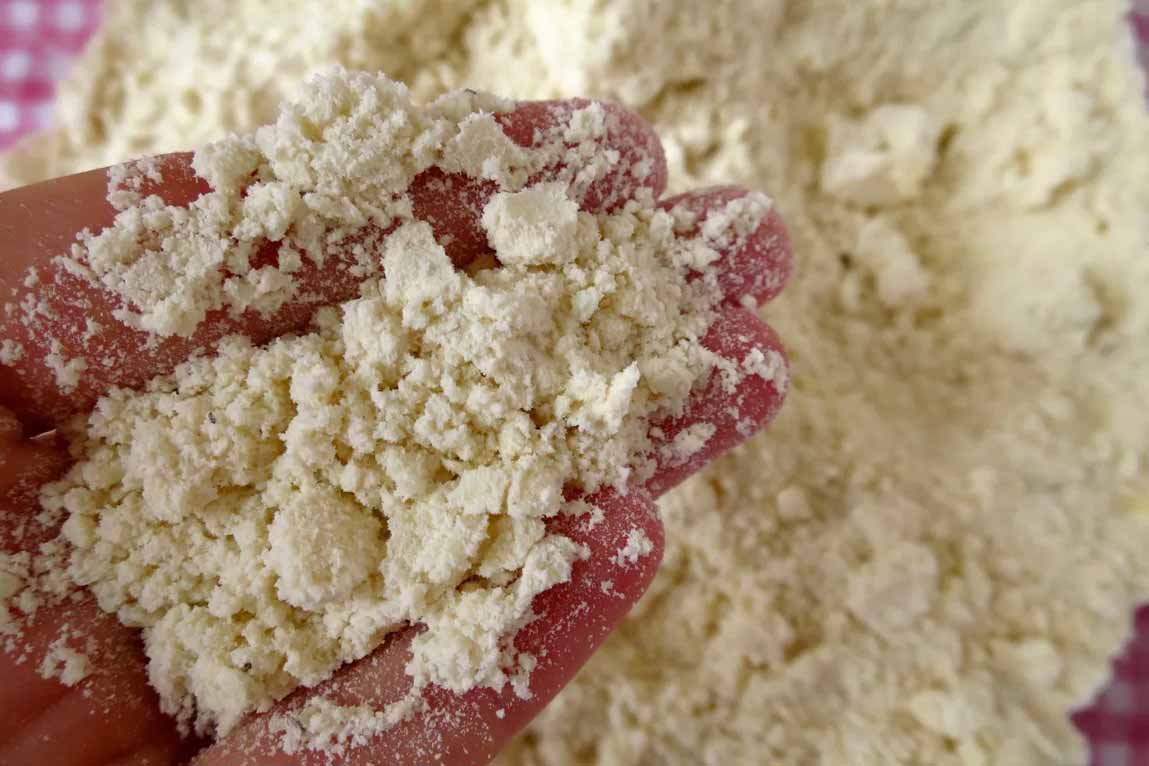
Side note: Although most recipes will require the butter and flour to be rubbed together until fine crumbs form, some recipes will only need the two to be rubbed together until some crumbs are formed and the rest is ‘lumpy’. Joy The Baker’s Buttermilk Pie Crust is an example of this.
You’ve probably used the rubbing-method lots before without even realising it.
Here’s a few of my recipes that use this method:
I hope this was helpful for you!
OTHER MIXING METHODS POSTS YOU MIGHT ENJOY:
YOU MIGHT BE INTERESTED IN
![]()



